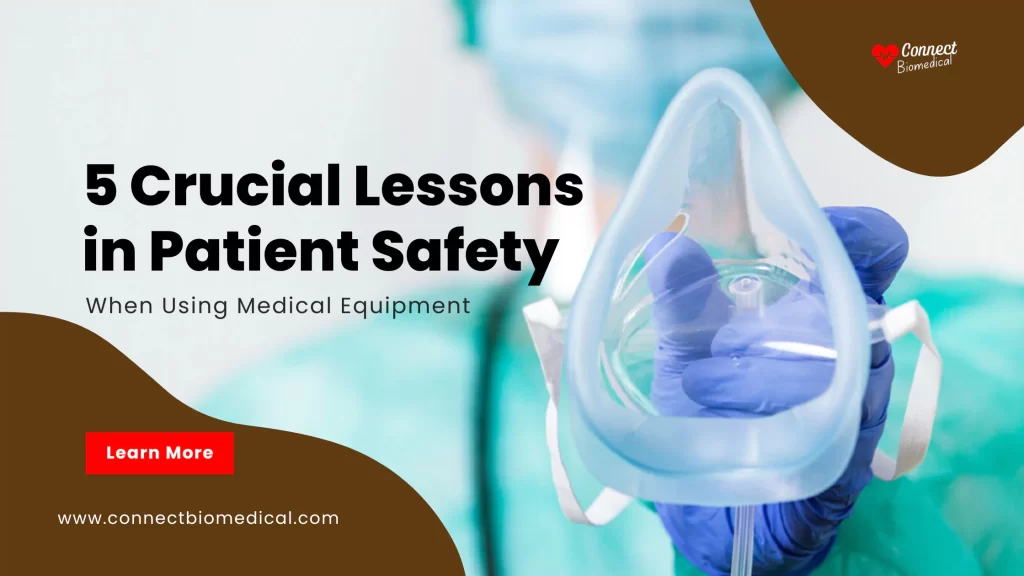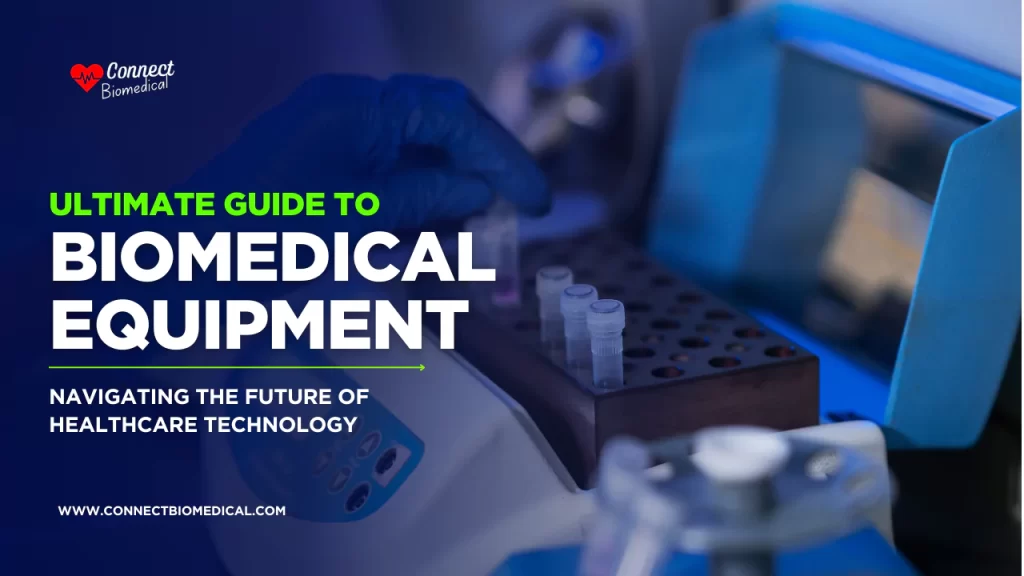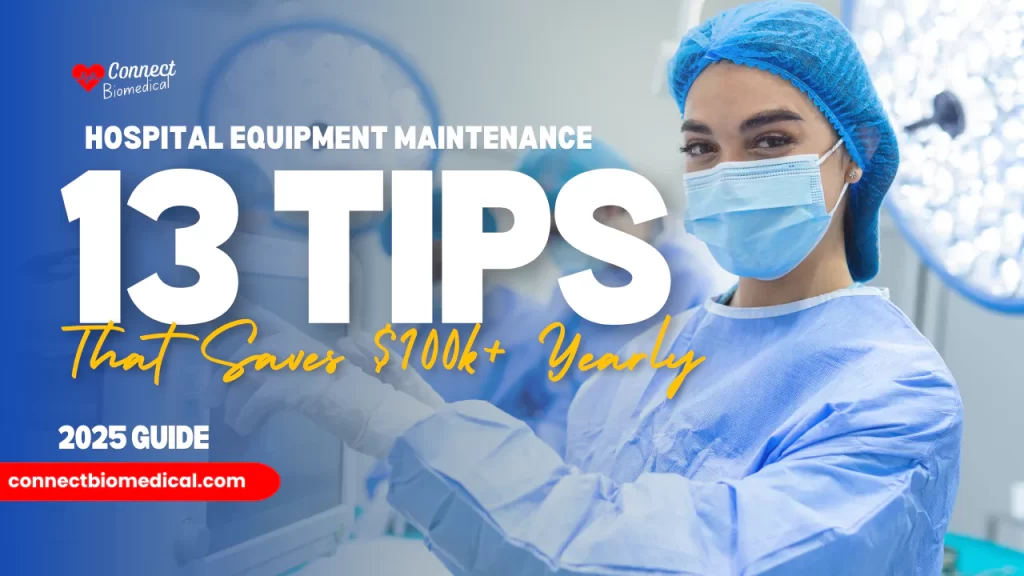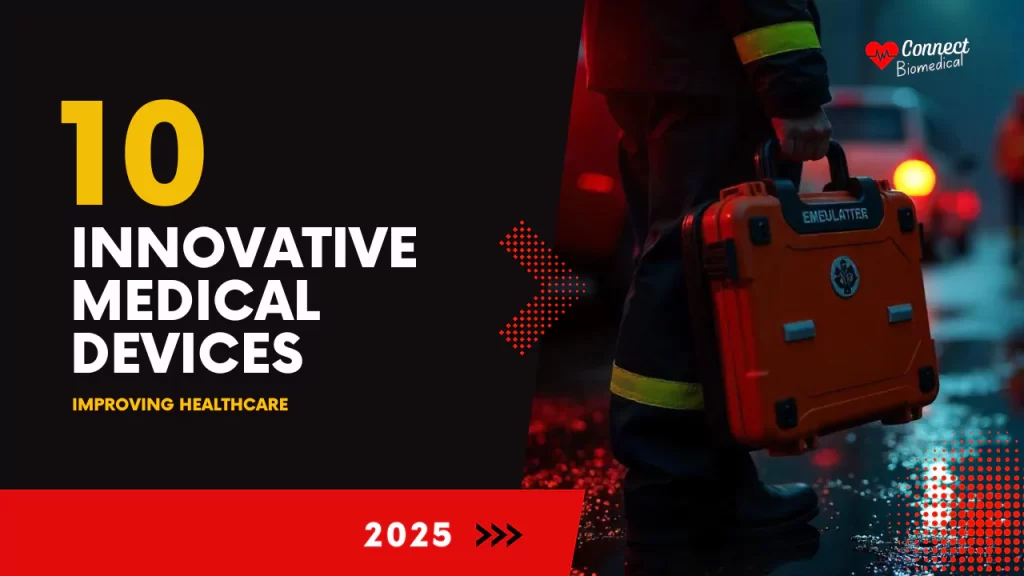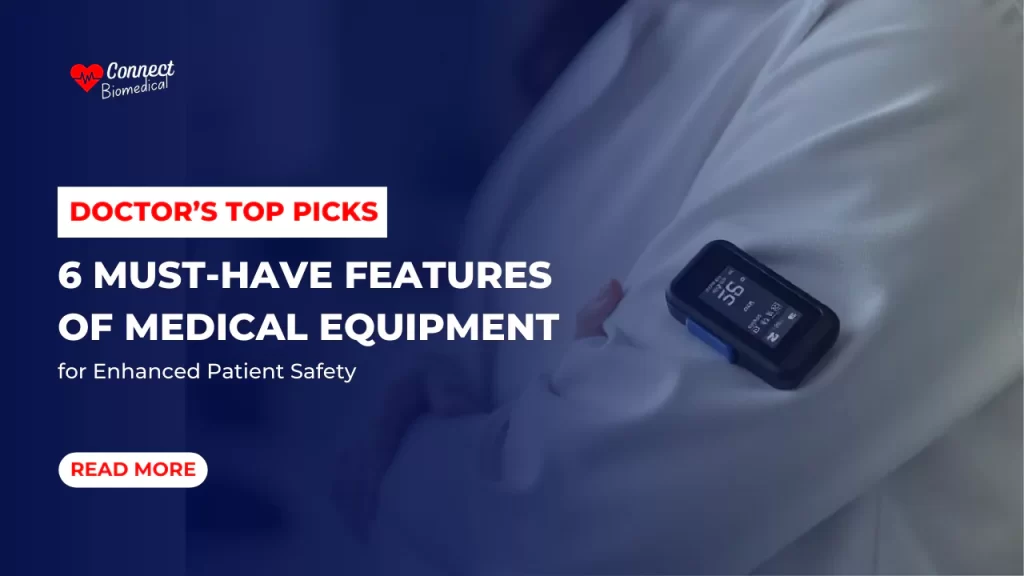Healthcare professionals, what is the most important thing you’ve learned about patient safety when using medical equipment? Can you share a tip based on your experience?
Here is what 5 thought leaders had to say.
Battery Life Crucial For Patient Safety
One of the most important lessons I’ve learned about patient safety when using medical equipment is this: never underestimate the importance of battery life — especially for monitoring or drug delivery devices.
In anesthesiology and pain management, our patients are frequently moved for imaging or diagnostic procedures. When this happens, they are often disconnected from wall power. Suppose the medical equipment they rely on–whether it’s a PCA (patient-controlled analgesia) pump or a monitor for vital signs, has a short battery life. In that case, patient safety is immediately at risk.
I’ve seen a device fail in transit or during extended imaging because it simply wasn’t charged. The result? Delays in care, missed alarms, or interruption of essential medication delivery. In the worst cases, this can lead to breakthrough pain, unrecognized instability, or preventable harm.
My Tip: Make it standard practice to ask, “Is this device charged?” before a patient leaves the floor. If it’s short, communicate it clearly in the handoff, or better yet–plug it in and confirm charging status ahead of time.

Elisha Peterson MD MEd FAAP FASA, Anesthesiologist and Pain Medicine Physician, Elisha Peterson MD PLLC
Teach-Back Method Reduces Device Errors
The essential takeaway I’ve learned regarding the safety of medical equipment is that constant vigilance and transparent communication are mandatory. A study from the Johns Hopkins Institute for Patient Safety found that almost 40 percent of medical-device-related adverse events come from poor monitoring or miscommunication between providers and patients.
This is especially important for our bariatric and diabetic patients who use glucose monitors or CPAP machines, for whom small changes in readings could indicate significant complications. In fact, in a 2022 analysis of our nutrition program participants, we found 30% fewer emergency interventions among patients at our hospitals who received structured education on their devices compared to those who were not engaged in these educational conversations. All of that real-time tracking and proactive check-ins make the difference.
My No. 1 tip is to use the ‘Teach-Back‘ method — have patients describe, in their own words, what their device’s purpose, alarms and maintenance are. AHRQ recommends this simple strategy, which reduces errors up to 50%. This is complimented with visual guides for our meal replacement pumps and glucose trackers at Ambari Nutrition, to keep even patients with low health literacy safe. Keep in mind, no matter how high-end the equipment, it’s only effective as the patient’s familiarity with it. Make education the as high a priority as the technology itself.

Kevin Huffman, Doctor of Osteopathic Med| Bariatric Physician| CEO & Founder, Ambari Nutrition
Regular Maintenance Key To Patient Safety
Working closely with patients in urgent care settings, one of the most crucial lessons I’ve learned about patient safety when using medical equipment is the importance of regular maintenance and adherence to cleaning protocols. Ensuring that all devices are routinely inspected and sanitized not only prolongs their lifespan but also significantly reduces the risk of patient harm.
For instance, consistent disinfection of exam tables, counters, and equipment after each patient interaction is vital in preventing the spread of infections. This practice is especially critical in urgent care settings where patient turnover is high.
Another key aspect is staff training and competency in handling medical devices. All healthcare professionals must be well-versed in the proper operation of equipment to prevent misuse that could lead to patient injury.
Implementing regular training sessions and staying updated with the latest safety protocols ensures that staff can confidently and safely utilize medical devices. This approach not only safeguards patients but also enhances overall care quality in urgent care environments.

Dr. Jose Ayala, MD, Physician, Metro Urgent Care
Preventive Maintenance Vital For Dental Safety
Patient safety is a latent issue when dealing with medical equipment, and I’ve come to understand that over the years, one of the best methods to achieve this is through preventive maintenance. Dental equipment, such as X-ray machines or sterilizers, may wear out after a while. If these machines are not well maintained, they can give erroneous readings or fail to work altogether.
This would have grave implications for patient health. For example, a minor flaw in the sterilization process can cause infection, and therefore, constant checks must be performed to prevent such risks. Preparing for such an issue with routine maintenance and calibration ensures equipment is in top condition at all times.
No less critical is ongoing staff training. Even the best equipment is only as good as the operator. I have seen, throughout my career, how knowledge gaps have generated mistakes.
A good example of this is how badly calibrated dental impression machines can cause patients to wear ill-fitting, uncomfortable molds. Regular and extensive training in how to operate and troubleshoot equipment helps our personnel render the best possible care. It’s not a matter of having the proper tools; it’s knowing how to use them successfully with zero risk. Constant training puts everyone in high alert status and reduces the possibility of errors that undermine patient safety.

Dr. Vidya Colospate, Dentist, McLean Healthy Smiles
Secure Storage Enhances Patient Safety
Ensuring patient safety in medical settings is as important as it gets, and a big part of that is how we handle the medical equipment we use in healthcare settings. I’ve learned through my experience that the right storage, access, and security of this equipment isn’t just about convenience – it’s about protecting patients and making sure they receive safe and consistent care.
At InnerSpace Healthcare, we’ve taken important steps to improve both patient and staff safety. We have equipped our mobile storage units with reliable, secure, and user-friendly lock systems and integrated these with our secure cloud platform. This setup has completely changed how hospitals are managing and securing medical equipment, resulting in significantly improved patient safety.
New technologies address potential issues like theft, misuse of equipment, and accountability head-on by employing various security measures, like scan-entry locks, proximity systems, and remote-managed access and inventory control. With these in place, healthcare teams can work with peace of mind, knowing that the equipment is secure and used properly.
Our InnerSpace Cloud platform is making a major difference for healthcare providers as well. It allows facilities to keep a close eye on who accesses certain supplies. This level of monitoring has sharpened inventory control and helps ensure compliance. What’s more, this system is incredibly proactive – it alerts users to low stock levels and when they need to reorder.
Healthcare experts understand how important it is to carefully look at the security needs of their facility and implement the proper security and monitoring systems that match their needs. The technologies above improve operational efficiency and enhance the safety of patients. With well-managed medical supplies, healthcare providers can concentrate more on what they do best: delivering the best care possible.

Miles Mullins, Marketing & Product Strategy, InnerSpace Healthcare
In summary, patient safety with medical equipment hinges on several key factors shared by healthcare professionals: ensuring devices are fully charged and ready for use, using clear communication tools like the Teach-Back method to reduce errors, performing regular maintenance and sanitation to prevent infections and device failures, and implementing secure storage and inventory management to avoid misuse or theft.
Ongoing staff training and proactive monitoring further strengthen safe device use. Together, these strategies create a safer environment that supports both patients and providers in delivering effective, reliable care.

